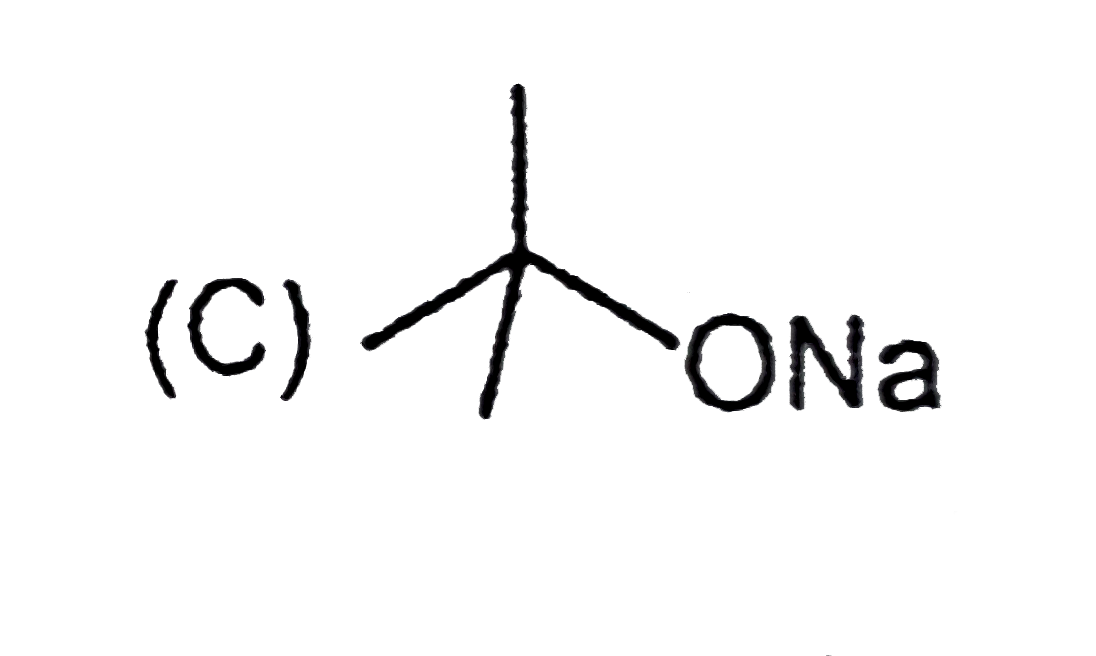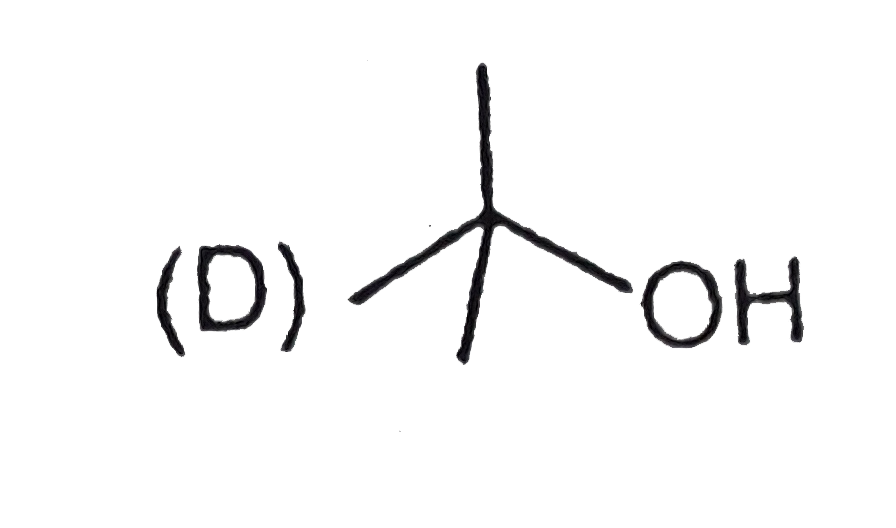Which of the following is strongest nucleophile
Br−
:OH−
CN−
C2H5¯¯¯O:
The correct Answer is:C
To determine the strongest nucleophile among the given options (Br⁻, OH⁻, CN⁻, and C₂H₅O⁻), we need to analyze the ability of each species to donate electrons. Here’s a step-by-step solution:
Step 1: Understand the concept of nucleophilicity
A nucleophile is a species that donates an electron pair to form a chemical bond in a reaction. Stronger nucleophiles are typically less electronegative, as they can more readily donate their electrons.
Hint: Remember that nucleophiles are electron donors, and their strength is influenced by their electronegativity.
Step 2: Analyze the first option (Br⁻)
Bromide ion (Br⁻) is a halogen. Halogens are generally electronegative, which means they tend to attract electrons rather than donate them. Therefore, Br⁻ is not a strong nucleophile.
Hint: Consider the electronegativity of halogens and how it affects their ability to donate electrons.
Step 3: Analyze the second option (OH⁻)
The hydroxide ion (OH⁻) has a negative charge on oxygen. Oxygen is highly electronegative, which means it also tends to attract electrons. Thus, OH⁻ is not a strong nucleophile.
Hint: Recall that higher electronegativity in an atom usually leads to lower nucleophilicity.
Step 4: Analyze the third option (CN⁻)
The cyanide ion (CN⁻) has a negative charge on carbon. Carbon is less electronegative compared to oxygen and halogens, which means it can more easily donate its electrons. Therefore, CN⁻ is a strong nucleophile.
Hint: Compare the electronegativity of carbon with that of oxygen and halogens to understand its nucleophilic strength.
Step 5: Analyze the fourth option (C₂H₅O⁻)
The ethoxide ion (C₂H₅O⁻) has a negative charge on oxygen. Similar to OH⁻, oxygen's high electronegativity means it is not as willing to donate electrons, making C₂H₅O⁻ a weaker nucleophile compared to CN⁻.
Hint: Again, consider how the electronegativity of oxygen affects its ability to act as a nucleophile.
Conclusion
After analyzing all the options, we can conclude that the strongest nucleophile among the given choices is CN⁻.
Final Answer: CN⁻ is the strongest nucleophile.
A nucleophile is a species that donates an electron pair to form a chemical bond in a reaction. Stronger nucleophiles are typically less electronegative, as they can more readily donate their electrons.
Bromide ion (Br⁻) is a halogen. Halogens are generally electronegative, which means they tend to attract electrons rather than donate them. Therefore, Br⁻ is not a strong nucleophile.
The hydroxide ion (OH⁻) has a negative charge on oxygen. Oxygen is highly electronegative, which means it also tends to attract electrons. Thus, OH⁻ is not a strong nucleophile.
The cyanide ion (CN⁻) has a negative charge on carbon. Carbon is less electronegative compared to oxygen and halogens, which means it can more easily donate its electrons. Therefore, CN⁻ is a strong nucleophile.
The ethoxide ion (C₂H₅O⁻) has a negative charge on oxygen. Similar to OH⁻, oxygen's high electronegativity means it is not as willing to donate electrons, making C₂H₅O⁻ a weaker nucleophile compared to CN⁻.
After analyzing all the options, we can conclude that the strongest nucleophile among the given choices is CN⁻.
Topper's Solved these Questions
Similar Questions
Knowledge Check
Which of the following is the strongest nucleophile?
AOH−BCH3OHCCH3S−DCH3O−Which of the following is the strongest nucleophile?
ANaOHBNaSHC D
D
Which of the following is the strongest nucleophile?
AOH−BCH3O−CCH3S−DC2H5O−
Which of the following is the strongest nucleophile ?
View SolutionWhich of the following is the strongest nucleophile?
View SolutionWhich of the following is the strongest nucleophile?
View SolutionWhich of the following is strongest acid?
View SolutionWhich of the following is strongest acid?
View Solution
